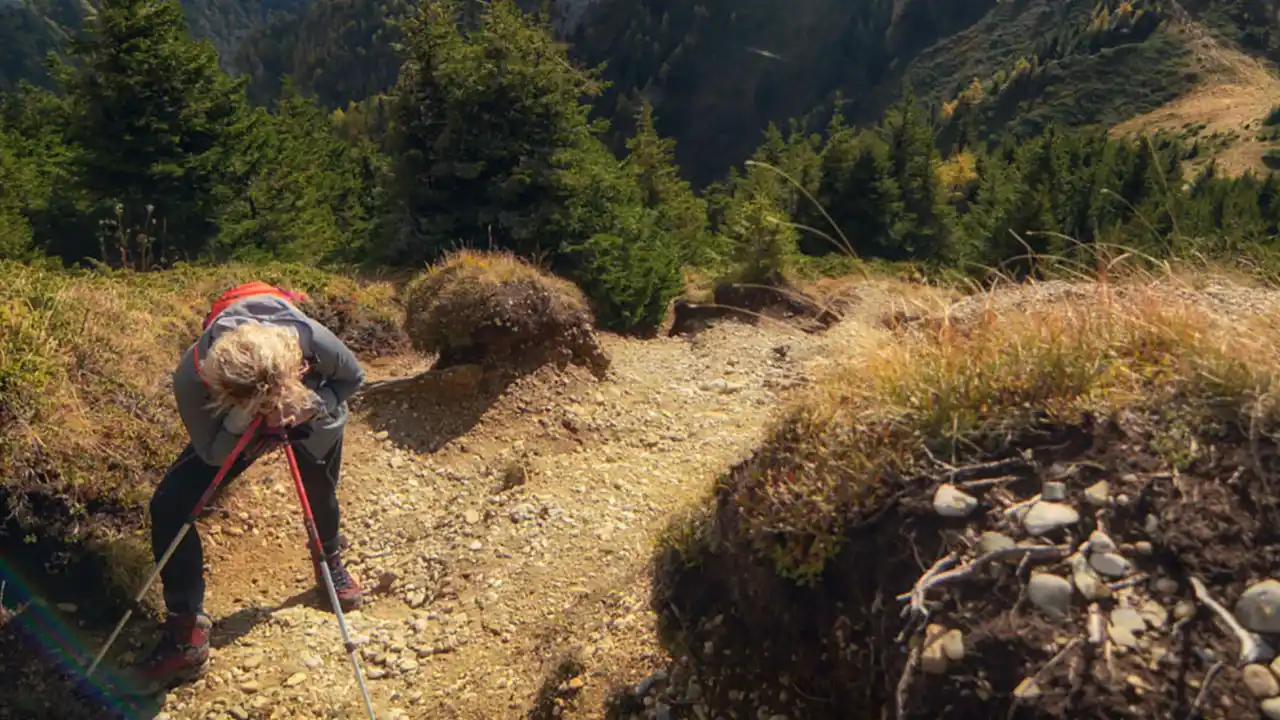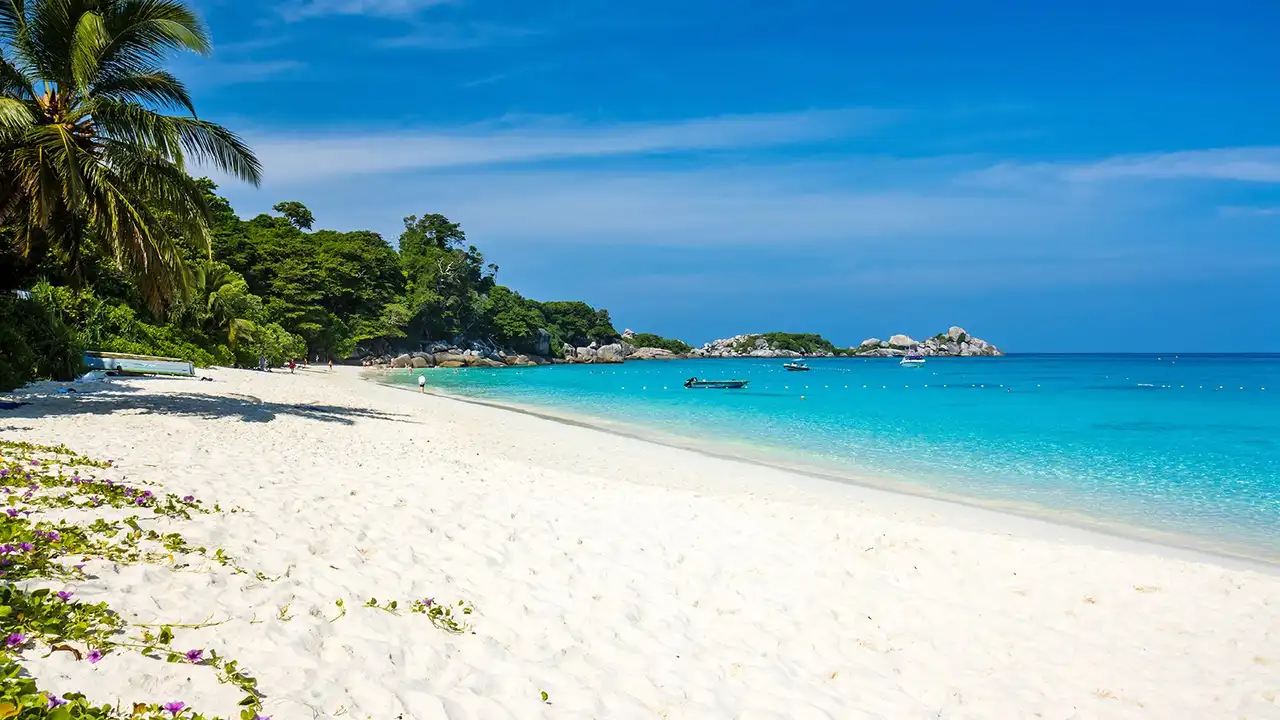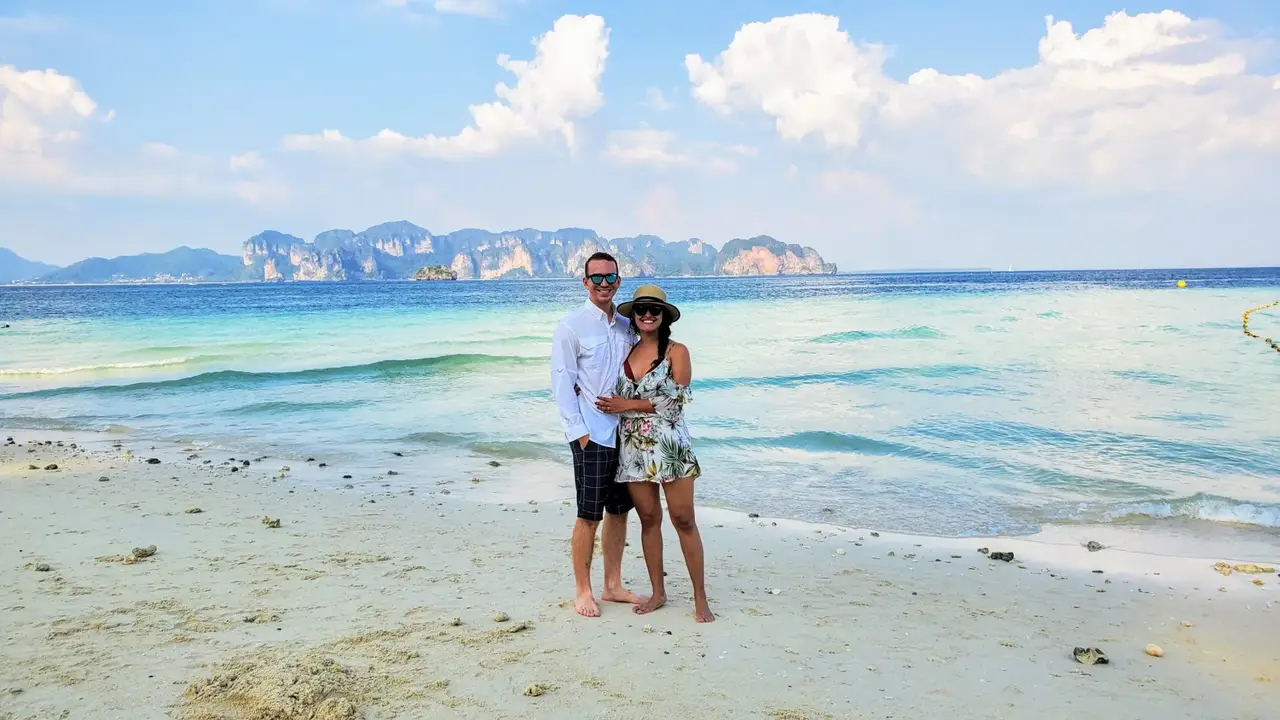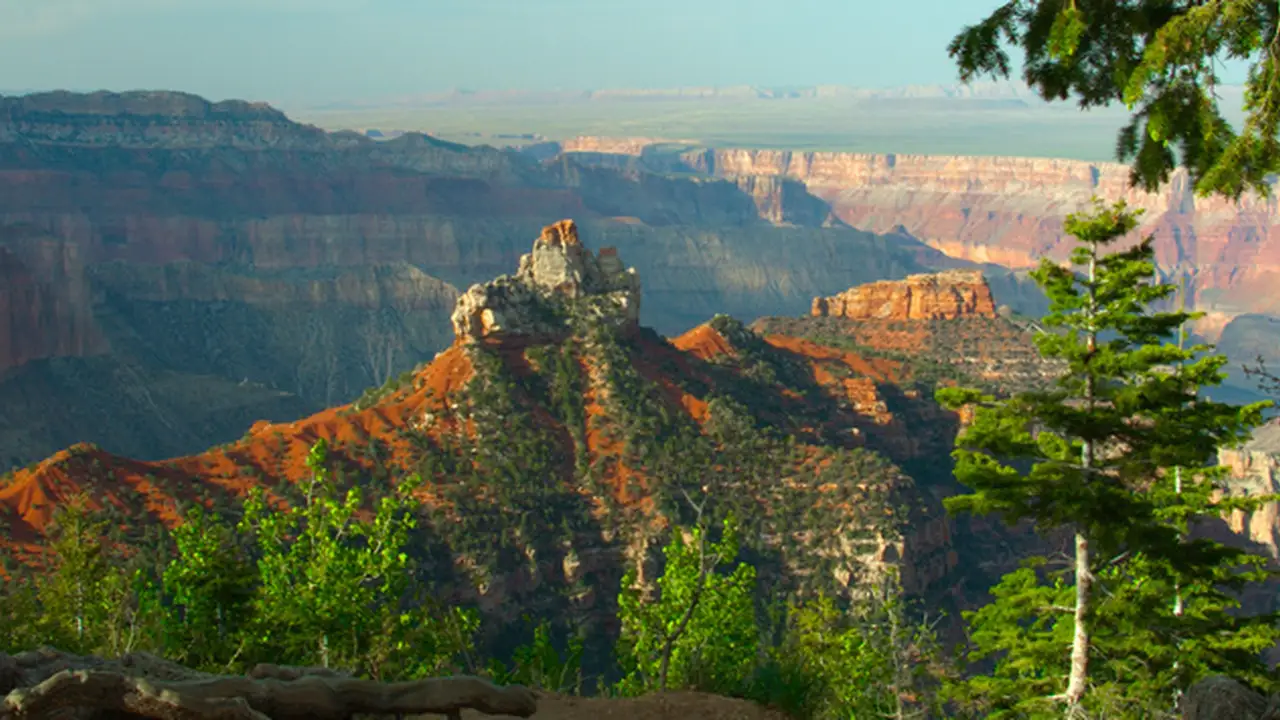Preventing Altitude Sickness on Treks
Prepare your body for high-altitude treks with our expert guide on preventing altitude sickness. Learn about acclimatization, hydration, medication, and recognizing symptoms. Ensure a safe and enjoyable mountain adventure.

Understanding Altitude Sickness What is AMS
So, you're planning a trek to a breathtakingly high altitude? Awesome! But before you start dreaming of those panoramic views, let's talk about a potential buzzkill: Altitude Sickness, also known as Acute Mountain Sickness (AMS). It's basically your body's way of saying, \"Whoa, hold up! This is a bit much!\" when you ascend to high altitudes too quickly. The air gets thinner, meaning less oxygen, and your body needs time to adjust. Think of it like this: you wouldn't sprint a marathon without training, right? Same goes for high altitude.
AMS can range from mild to severe. Mild symptoms might include headache, fatigue, dizziness, nausea, and loss of appetite. Sounds like a hangover, right? Severe symptoms, however, can be life-threatening and include High Altitude Pulmonary Edema (HAPE) where fluid accumulates in the lungs, and High Altitude Cerebral Edema (HACE) where fluid accumulates in the brain. Yeah, not fun at all.
Acclimatization The Key to Preventing AMS
Acclimatization is your best friend when it comes to preventing AMS. It's the process of gradually exposing your body to higher altitudes, allowing it to adapt to the lower oxygen levels. Think of it as training for that high-altitude marathon. Here’s the golden rule: \"Climb high, sleep low.\" This means you can hike to a higher altitude during the day, but always descend to sleep at a lower altitude. It gives your body a chance to recover and adjust.
Generally, above 10,000 feet (3,000 meters), you shouldn't increase your sleeping altitude by more than 1,000-1,600 feet (300-500 meters) per day. Take a rest day every 3-4 days. This allows your body to catch up and further acclimatize. Listen to your body. If you're feeling symptoms, don't push yourself. Descend if necessary. It's always better to be safe than sorry.
Hydration Staying Hydrated at High Altitude
Dehydration can worsen the symptoms of AMS, so staying properly hydrated is crucial. High altitude environments are typically dry, and you lose more fluids through respiration and exertion. Aim to drink at least 3-4 liters of water per day. Avoid excessive alcohol and caffeine, as they can dehydrate you.
Carry a reusable water bottle or hydration reservoir, and sip water regularly throughout the day. Consider adding electrolytes to your water to replace those lost through sweat. Electrolyte tablets or powders are readily available at outdoor retailers.
Medication Options for Altitude Sickness Prevention
While acclimatization is the primary method of prevention, medication can be helpful, especially for those who are prone to AMS or who need to ascend rapidly. The most common medication is Acetazolamide (Diamox). It works by increasing your breathing rate, which helps you to take in more oxygen. It also helps your body get rid of bicarbonate, which makes your blood more acidic and stimulates breathing.
Diamox is typically taken starting one or two days before ascent and continued for a few days after reaching your highest altitude. Dosage varies, so consult with your doctor before taking it. Common side effects include tingling in the fingers and toes, increased urination, and a metallic taste in the mouth. It's also important to note that Diamox is a sulfa drug, so if you have a sulfa allergy, you shouldn't take it.
Another option is Dexamethasone, a steroid that can reduce brain swelling and relieve symptoms of AMS. However, it doesn't help with acclimatization and is usually reserved for treating severe cases of AMS. It also has more significant side effects than Diamox, so it's not recommended for routine prevention. Always consult with a doctor before taking any medication for altitude sickness.
Recognizing and Responding to Altitude Sickness Symptoms
Knowing the symptoms of AMS is crucial for early detection and treatment. As mentioned earlier, mild symptoms include headache, fatigue, dizziness, nausea, and loss of appetite. These symptoms can often be managed with rest, hydration, and avoiding further ascent.
However, if symptoms worsen or you develop severe symptoms such as severe headache, vomiting, shortness of breath at rest, or loss of coordination, it's essential to descend immediately. Don't wait to see if you feel better. The longer you stay at high altitude with severe AMS, the greater the risk of developing HAPE or HACE.
If you suspect someone has HAPE or HACE, descend immediately and seek medical attention as soon as possible. HAPE is characterized by shortness of breath, even at rest, coughing up frothy or pink sputum, and a feeling of tightness in the chest. HACE is characterized by severe headache, confusion, loss of coordination, and decreased level of consciousness.
Recommended Products for Altitude Sickness Management
Okay, let's dive into some specific products that can help you manage altitude sickness. Keep in mind that these are just suggestions, and it's always a good idea to consult with your doctor or a travel clinic before taking any medication or using any device.
Acetazolamide (Diamox) - Prescription Medication for AMS
What it is: A prescription medication that helps your body acclimatize to high altitude by increasing your breathing rate.
Usage: Start taking 1-2 days before ascent and continue for a few days after reaching your highest altitude. Consult your doctor for the correct dosage.
Pros: Effective for preventing AMS, especially for rapid ascents.
Cons: Requires a prescription, potential side effects (tingling, increased urination, metallic taste). Contraindicated for those with sulfa allergies.
Price: Varies depending on your insurance and pharmacy, but typically around $20-$50 for a course of treatment.
Portable Oxygen Canisters - Supplemental Oxygen for Immediate Relief
What it is: Small, lightweight canisters containing supplemental oxygen.
Usage: Inhale oxygen from the canister for a few minutes to relieve symptoms of mild AMS.
Pros: Provides immediate relief from symptoms, lightweight and portable.
Cons: Only provides temporary relief, doesn't help with acclimatization, can be expensive in the long run.
Brands: Boost Oxygen, Oxygen Plus
Price: $15-$30 per canister.
Pulse Oximeter - Monitoring Your Oxygen Saturation Levels
What it is: A small device that clips onto your finger and measures your oxygen saturation levels (SpO2) and heart rate.
Usage: Monitor your SpO2 levels at different altitudes to assess how well your body is acclimatizing.
Pros: Provides valuable information about your oxygen levels, helps you identify potential problems early.
Cons: Requires batteries, can be inaccurate if used incorrectly.
Brands: Zacurate, Innovo
Price: $20-$50.
Electrolyte Tablets/Powders - Replenishing Electrolytes Lost Through Sweat
What it is: Tablets or powders that dissolve in water and replenish electrolytes lost through sweat.
Usage: Add to your water bottle and drink throughout the day to maintain electrolyte balance.
Pros: Helps prevent dehydration and maintain energy levels, tastes good.
Cons: Can be sugary, some brands contain artificial ingredients.
Brands: Nuun, Liquid I.V., Skratch Labs
Price: $10-$20 per tube or packet.
Hydration Reservoirs - Staying Hydrated on the Go
What it is: A bag that holds water, typically stored in your backpack, with a tube that allows you to drink hands-free.
Usage: Fill with water and sip throughout the day to stay hydrated.
Pros: Convenient and easy to use, allows you to drink while hiking.
Cons: Can be difficult to clean, can leak if not properly sealed.
Brands: CamelBak, Osprey, Platypus
Price: $30-$50.
Comparing Different Products for Altitude Sickness
Let's compare some of these products side-by-side to help you decide what's right for you:
| Product | Pros | Cons | Price | Best For |
|---|---|---|---|---|
| Acetazolamide (Diamox) | Effective prevention, especially for rapid ascents | Requires prescription, side effects, sulfa allergy contraindication | $20-$50 | Those prone to AMS or ascending rapidly |
| Portable Oxygen Canisters | Immediate relief from symptoms, portable | Temporary relief, doesn't help acclimatization, expensive long-term | $15-$30 per canister | Immediate relief of mild symptoms |
| Pulse Oximeter | Provides valuable oxygen level information | Requires batteries, can be inaccurate | $20-$50 | Monitoring acclimatization progress |
| Electrolyte Tablets/Powders | Prevents dehydration, maintains energy | Can be sugary, artificial ingredients | $10-$20 per tube/packet | Staying hydrated and replenishing electrolytes |
| Hydration Reservoirs | Convenient, hands-free hydration | Difficult to clean, potential leaks | $30-$50 | Staying hydrated during hikes |
Final Thoughts on Altitude Sickness Prevention
Preventing altitude sickness is all about being prepared, listening to your body, and taking it slow. Acclimatization is key, but staying hydrated, considering medication, and monitoring your symptoms can also make a big difference. So, do your research, talk to your doctor, and get ready to enjoy those incredible high-altitude views!
:max_bytes(150000):strip_icc()/277019-baked-pork-chops-with-cream-of-mushroom-soup-DDMFS-beauty-4x3-BG-7505-5762b731cf30447d9cbbbbbf387beafa.jpg)






